The automotive world is undergoing a seismic shift, with electrification and autonomous driving technologies dominating the conversation. Yet, amidst this relentless march toward the future, the Subaru BRZ manual stands as a defiant celebration of an era that’s slipping away—the age of lightweight, rear-wheel-drive, gasoline-powered sports cars. This isn’t just a car; it’s a statement, a final hurrah for purists who believe driving should be about feel, engagement, and the raw connection between human and machine.
At first glance, the BRZ might seem like an underdog in a world obsessed with horsepower wars and lap times. Its 2.4-liter flat-four engine delivers 228 horsepower, a figure that pales in comparison to the turbocharged monsters flooding the market. But the BRZ was never about brute force. It’s about balance. The low center of gravity, courtesy of Subaru’s signature boxer engine, and the near-perfect 53:47 weight distribution make this car a masterclass in handling. The steering is unassisted by artificial weight or numbness—just pure, unfiltered feedback. Every input from the driver is met with an immediate, mechanical response, a rarity in an age where drive-by-wire systems dominate.
The manual transmission is the heart of the BRZ’s appeal. In an era where dual-clutch automatics can shift gears in milliseconds, Subaru’s commitment to a six-speed manual feels almost rebellious. The shifter slots into each gear with a satisfying mechanical click, and the clutch pedal offers just the right amount of resistance. This isn’t a car that tolerates lazy driving; it demands precision and rewards it with an experience that’s increasingly hard to find. The BRZ reminds us that driving isn’t just about getting from point A to point B—it’s about the joy of the journey, the thrill of nailing a perfect heel-toe downshift, and the symphony of mechanical sounds that accompany it.
What’s perhaps most remarkable about the BRZ is its accessibility. Unlike many modern sports cars that require deep pockets, the BRZ is priced within reach of enthusiasts who still believe in the magic of a manual gearbox. It’s a car that doesn’t need a track day to be enjoyed; even a winding backroad becomes an event. The lack of excessive power means you can push the car to its limits without immediately breaking the law, and the rear-wheel-drive layout ensures that every drive is an opportunity to hone your skills. This is a car that teaches you to be a better driver, one rev-matched downshift at a time.
Yet, the BRZ’s existence feels like a swan song. Emissions regulations are tightening, and the push toward electrification is leaving little room for cars like this. The manual transmission, once a staple of driving enthusiasm, is becoming a niche offering. Even the BRZ’s closest rival, the Toyota GR86, is rumored to be considering an automatic-only future. Subaru’s commitment to keeping the manual alive in the BRZ is commendable, but it’s hard to ignore the sense that this might be one of the last of its kind. The BRZ isn’t just a car; it’s a time capsule, preserving the essence of what made driving fun before computers started doing most of the work.
The interior of the BRZ is refreshingly simple, a stark contrast to the tech-laden cabins of modern vehicles. There’s no overwhelming array of touchscreens or distracting driver-assistance features. Instead, you’ll find analog gauges, physical buttons, and a driving position that feels like it was tailor-made for spirited driving. The seats hug you in all the right places, and the pedals are perfectly spaced for heel-toe maneuvers. It’s a cabin designed for driving, not for scrolling through menus. In a world where cars are increasingly becoming smartphones on wheels, the BRZ’s no-nonsense approach is a breath of fresh air.
Of course, the BRZ isn’t without its flaws. The engine, while eager and responsive, lacks the low-end torque that would make it truly effortless to drive. The cabin, though driver-focused, can feel spartan compared to more luxurious offerings. And then there’s the elephant in the room—the inevitability of electrification. But these shortcomings almost add to the BRZ’s charm. It’s a car that doesn’t apologize for what it is, and in doing so, it feels more honest than many of its contemporaries. It’s a reminder that perfection isn’t always the goal; sometimes, it’s about character, about the imperfections that make something memorable.
The Subaru BRZ manual is more than just a car—it’s a love letter to driving. It’s a reminder of a time when cars were about sensation and skill, not just speed and convenience. As the automotive world hurtles toward an electric, autonomous future, the BRZ stands as a testament to the joys of analog driving. It’s a car that begs to be driven, to be pushed, to be enjoyed. And for those who understand its appeal, it’s nothing short of a masterpiece. The BRZ may be the last of its kind, but for now, it’s here—and it’s glorious.
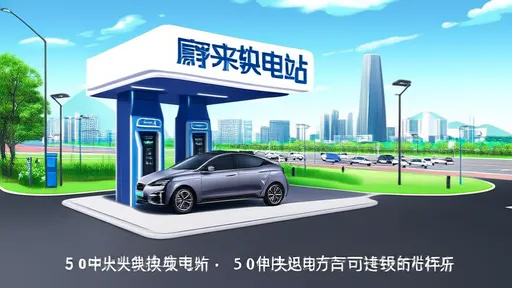
By /Jun 14, 2025

By /Jun 14, 2025
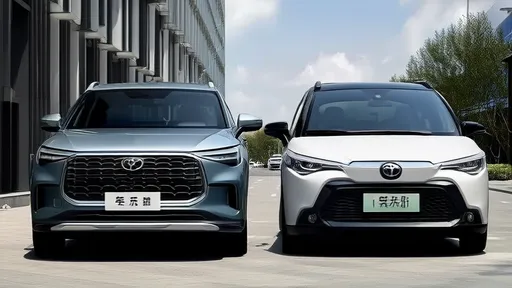
By /Jun 14, 2025
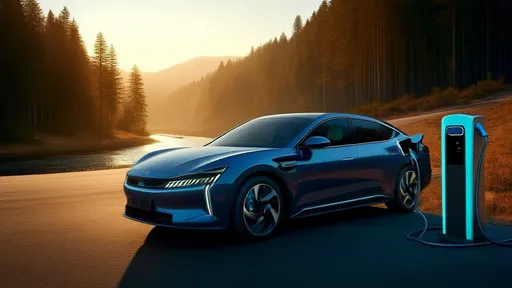
By /Jun 14, 2025

By /Jun 14, 2025
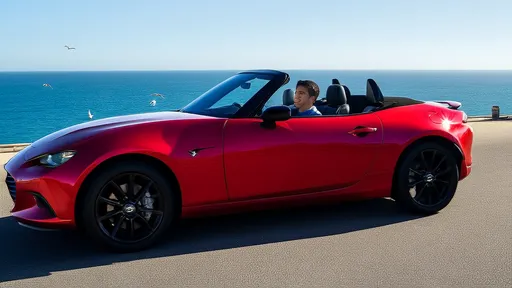
By /Jun 14, 2025
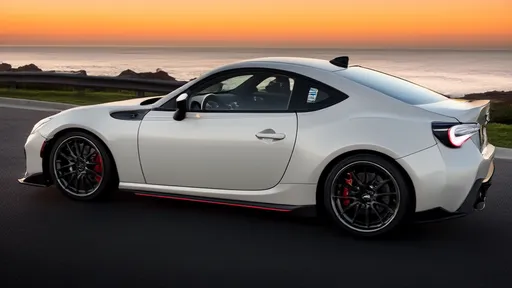
By /Jun 14, 2025

By /Jun 14, 2025
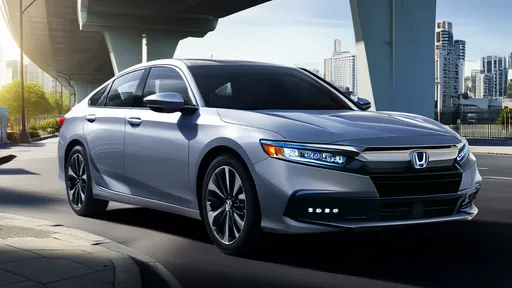
By /Jun 14, 2025
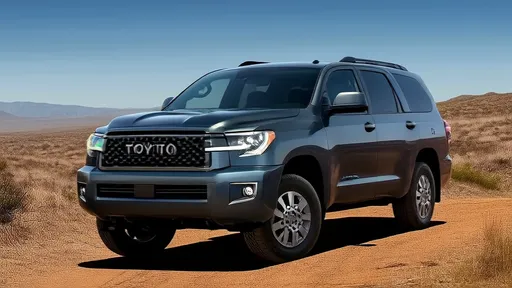
By /Jun 14, 2025
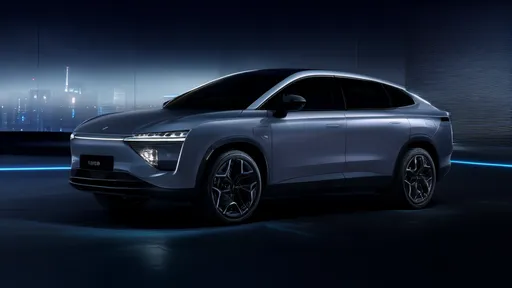
By /Jun 14, 2025
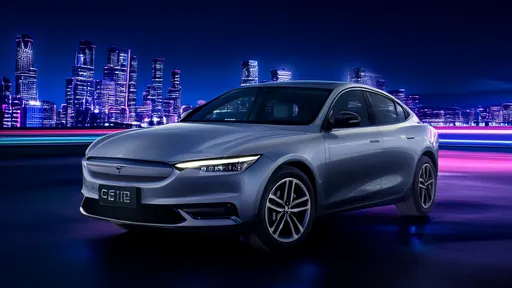
By /Jun 14, 2025

By /Jun 14, 2025
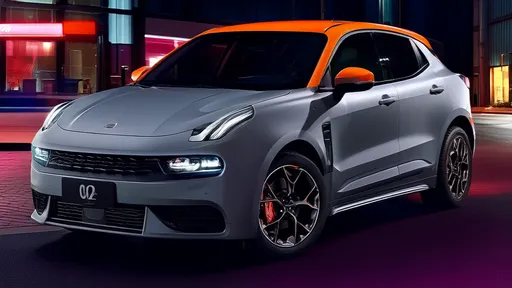
By /Jun 14, 2025
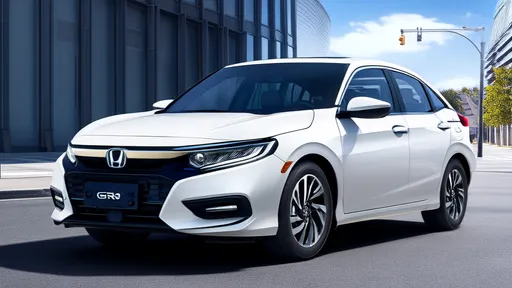
By /Jun 14, 2025
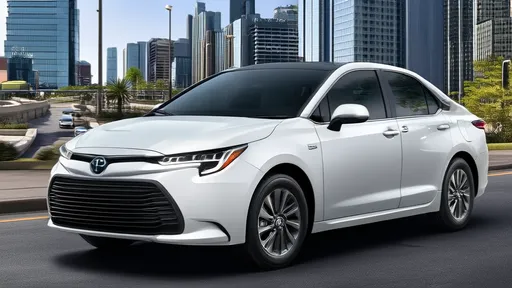
By /Jun 14, 2025
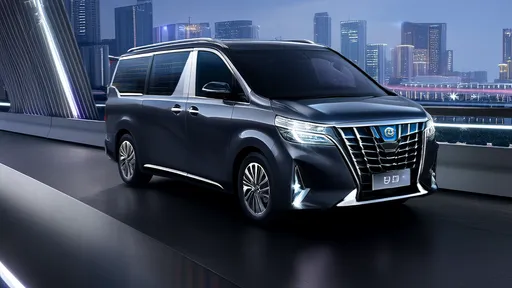
By /Jun 14, 2025
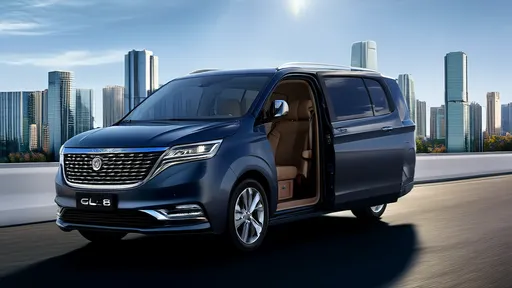
By /Jun 14, 2025
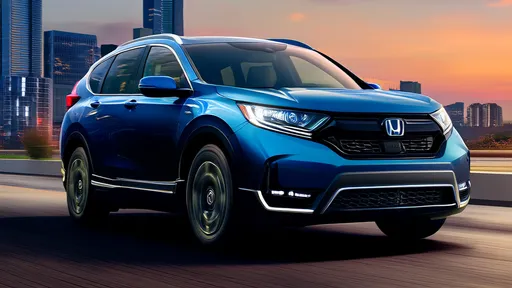
By /Jun 14, 2025
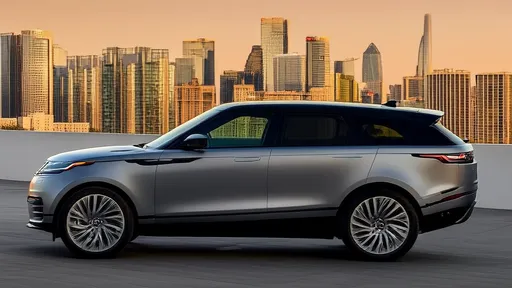
By /Jun 14, 2025